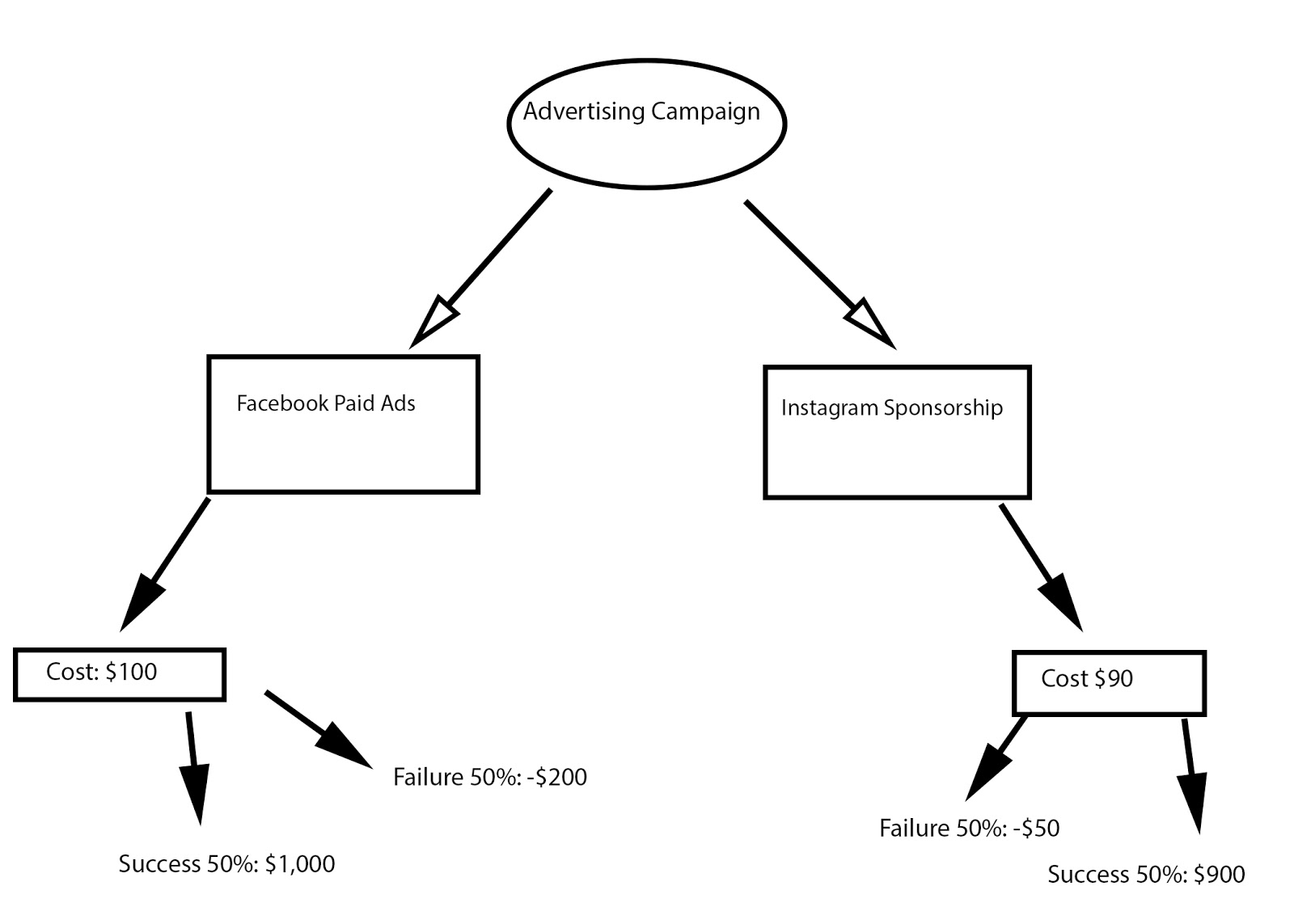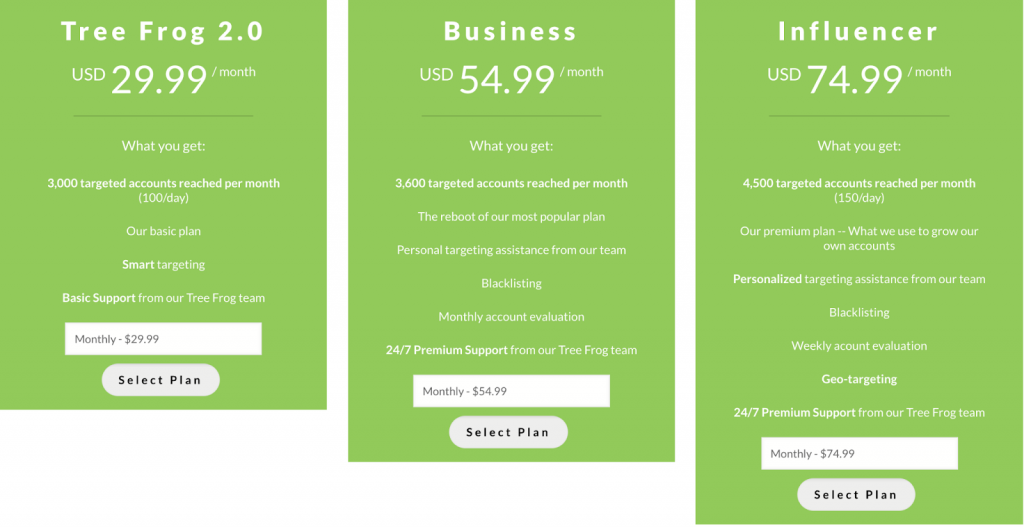Decision Trees: A Simple Tool to Make Radically Better Decisions

Have you ever made a high-stakes decision? If yes, did you contemplate for some time before landing on the “right” decision — and even then, still felt unsure about the best course of action?
In cases like those, you might need a decision tree. It’s more formal than a chat with a friend or a pros-and-cons list.
Here, we’ll show you how to create a decision tree and analyze risk versus reward. We’ll also look at a few examples so you can see how other marketers have used decision trees to become better decision makers.
Table of Contents
How to Create a Decision Tree in Excel
When it comes to marketing, decision-making can feel particularly risky. What is my colleague is so attached to a new product, she doesn’t want to mention any of its shortcomings? What if my marketing team doesn’t mind office growth, but they haven’t considered how it will affect our strategy long-term?
The visual element of a decision tree helps you include more potential actions and outcomes than you might’ve if you just talked about it, mitigating risks of unforeseen consequences.
Plus, the diagram allows you to include smaller details and create a step-by-step plan, so once you choose your path, it’s already laid out for you to follow.
A decision tree contains four elements: the root node, decision nodes, leaf nodes, and branches that connect them together.
- The root node is where the tree starts. It’s the big issue or decision you are addressing.
- As the name suggests, the decision nodes represent a decision in your tree. They are possible avenues to “solve” your main problem.
- The lead nodes represent possible outcomes of a decision. For instance, if you’re deciding where to eat for lunch, a potential decision node is eat a hamburger at McDonald’s. A corresponding leaf node could be: Save money by spending less than $5.
- Branches are the arrows that connect each element in a decision tree. Follow the branches to understand the risks and rewards of each decision.
Now let’s explore how to read and analyze the decisions in the tree.
Decision Tree Analysis [Example]
Let’s say you’re deciding where to advertise your new campaign:
- On Facebook, using paid ads, or
- On Instagram, using influencer sponsorships.
For the sake of simplicity, we’ll assume both options appeal to your ideal demographic and make sense for your brand.
Here’s a preliminary decision tree you’d draw for your advertising campaign:

As you can see, you want to put your ultimate objective at the top — in this case, Advertising Campaign is the decision you need to make.
Next, you’ll need to draw arrows (your branches) to each potential action you could take (your leaves).
For our example, you only have two initial actions to take: …read more
Source:: HubSpot Blog

![→ Access Now: 8 Business Flowchart Templates [Free Tool]](https://no-cache.hubspot.com/cta/default/53/46d3b1c7-3e3b-4386-b78e-8b57f6d95750.png)





